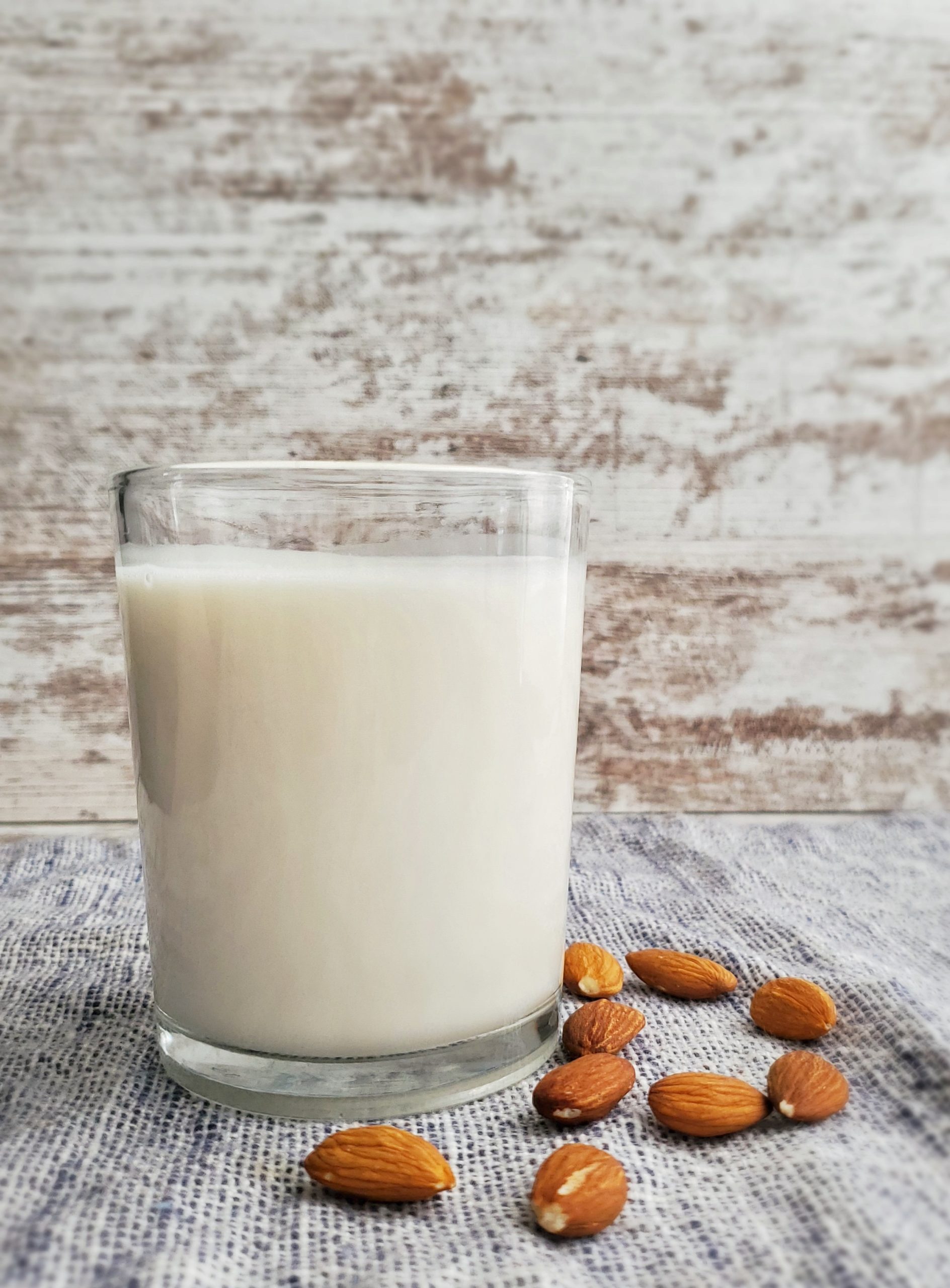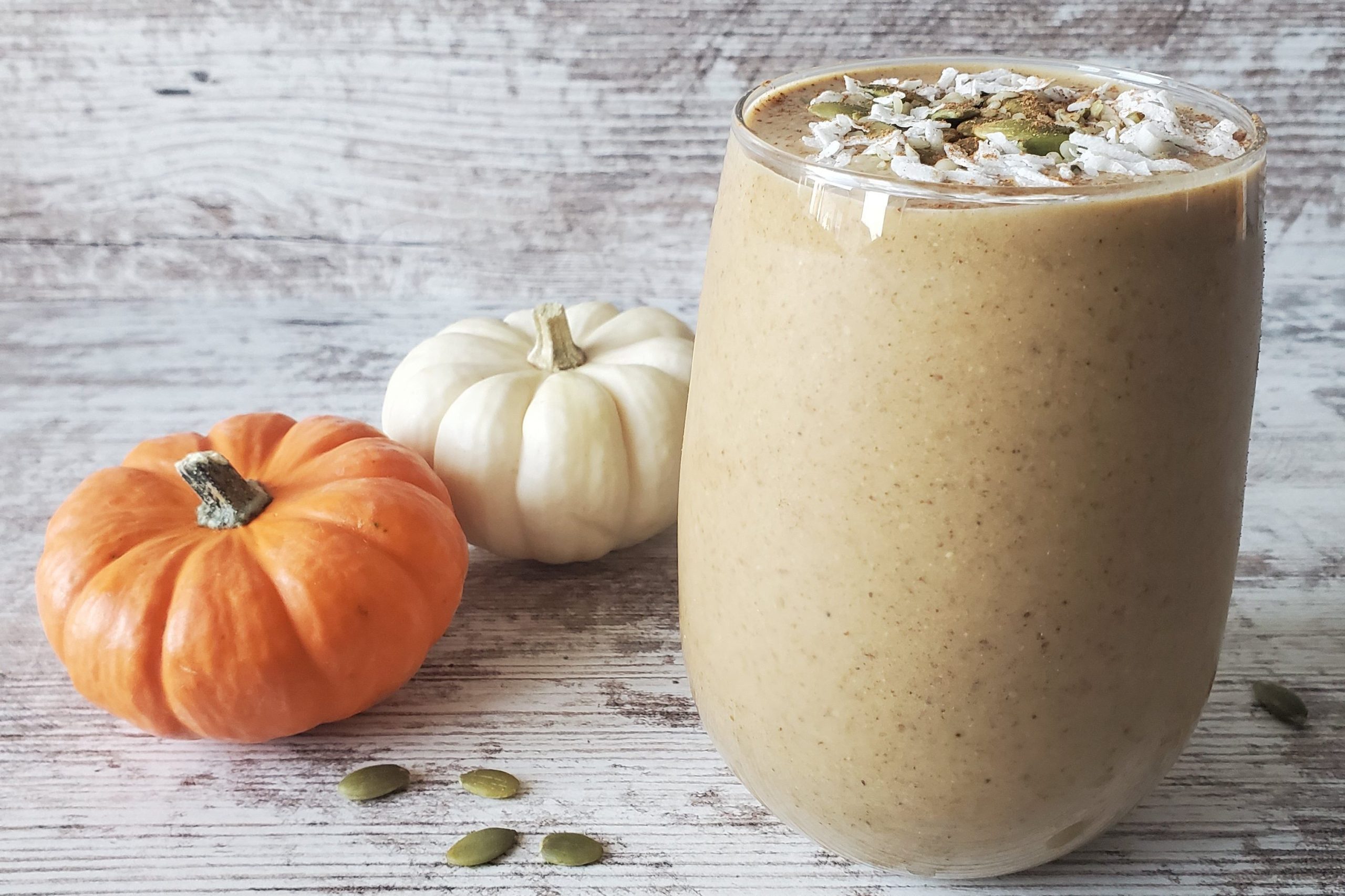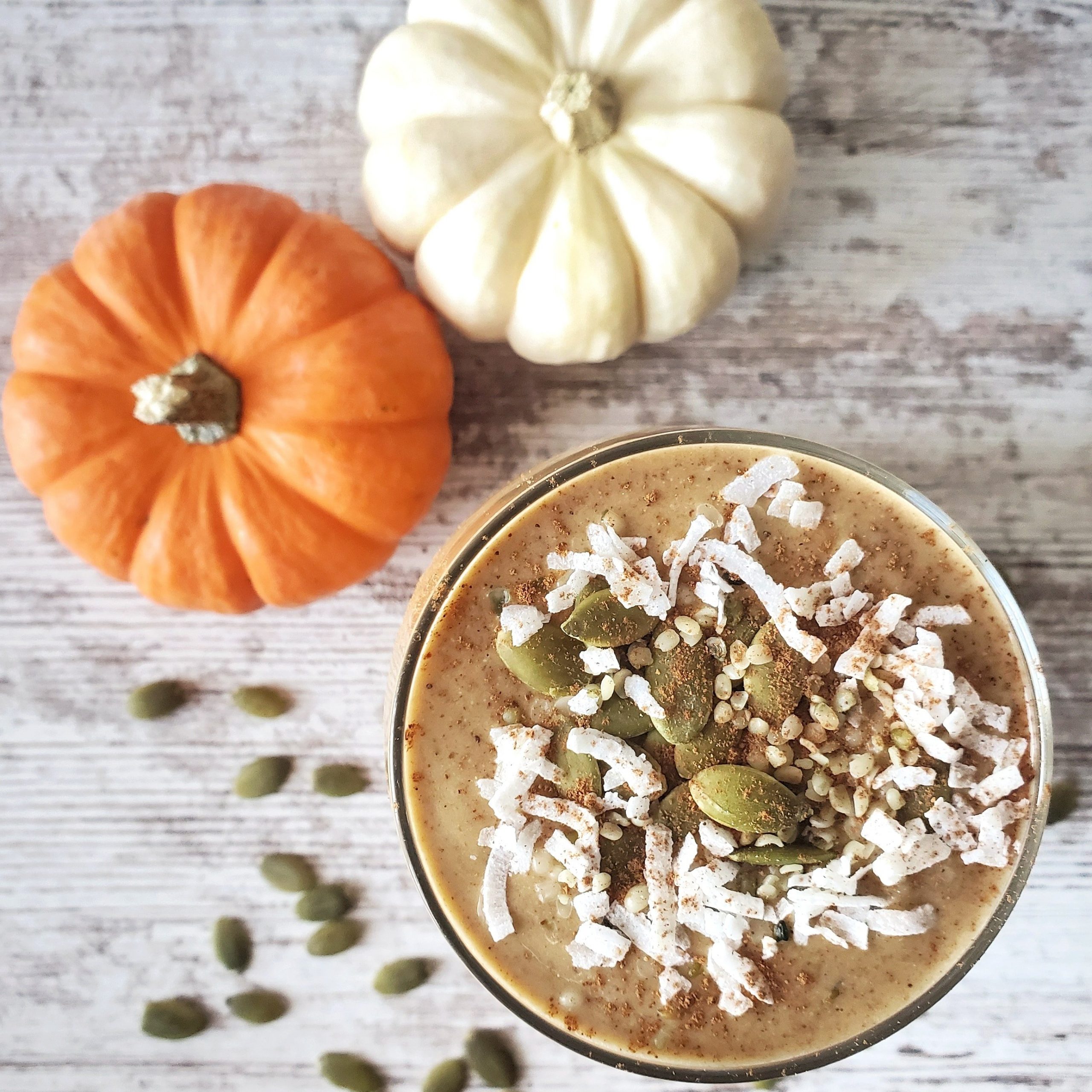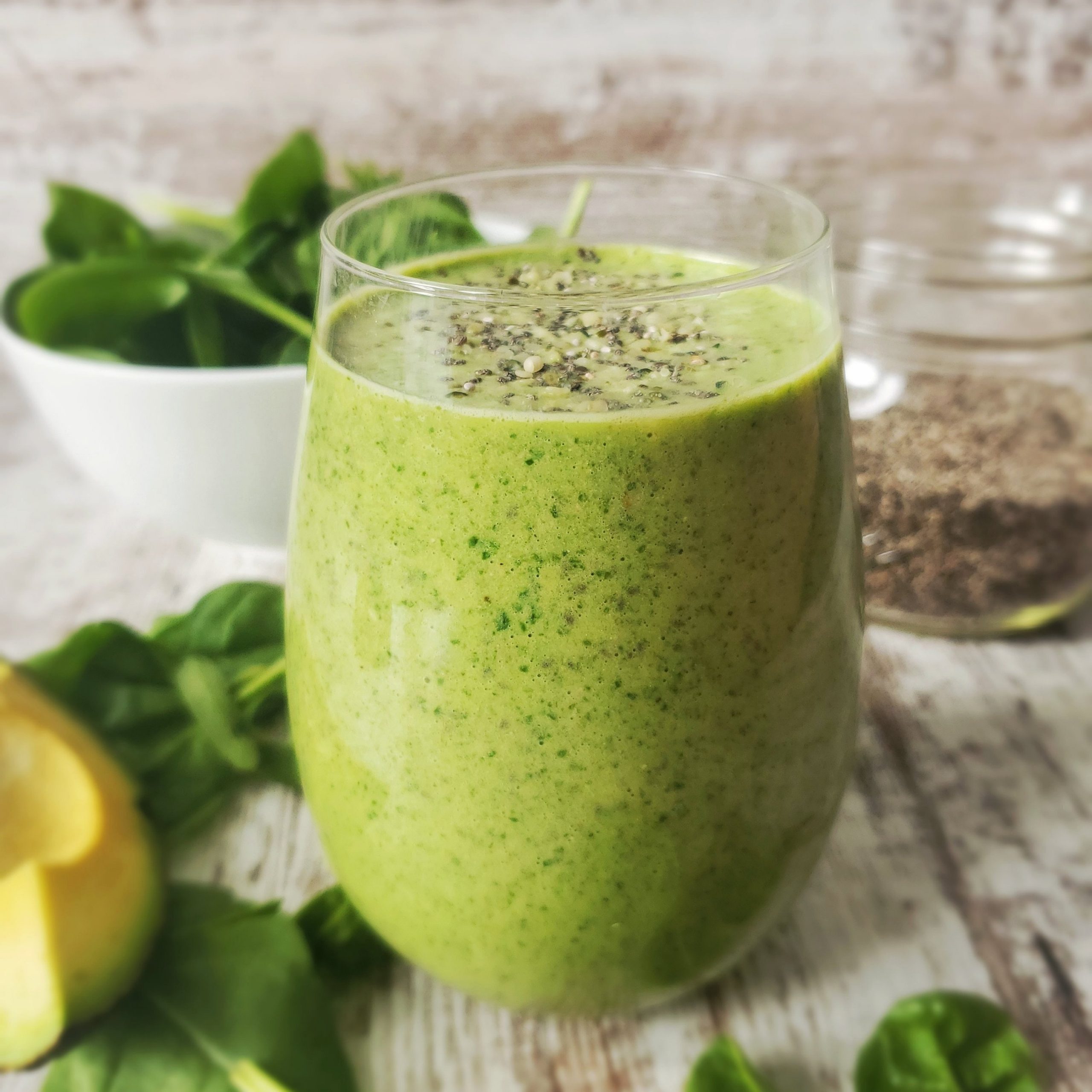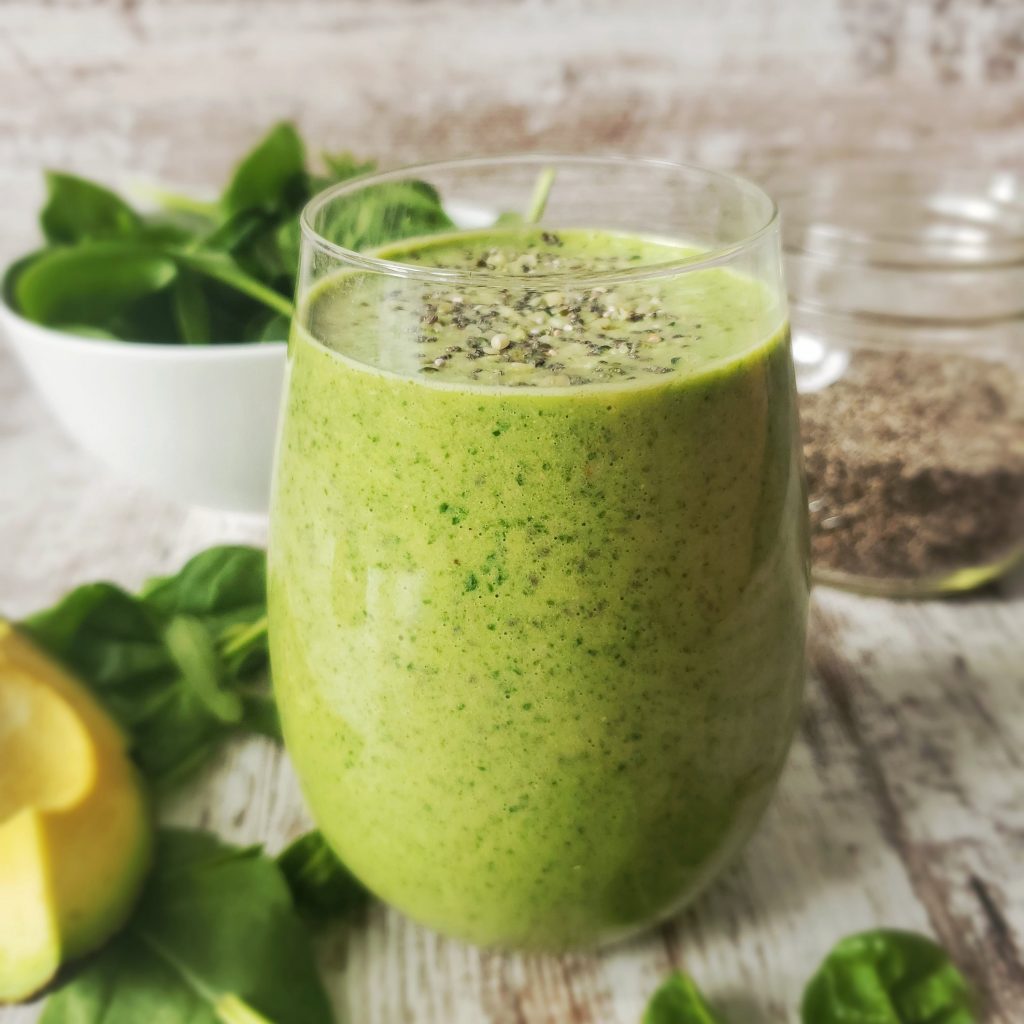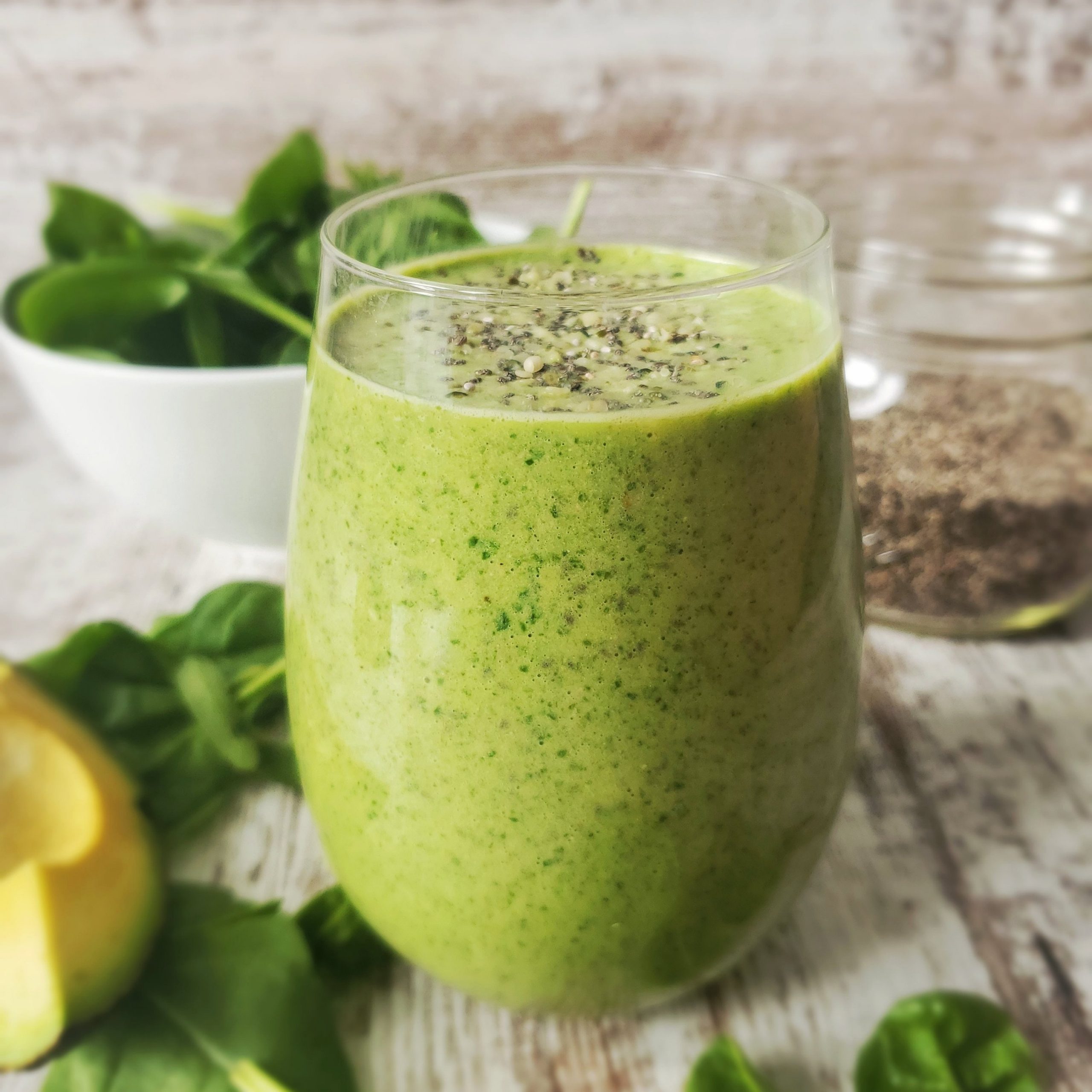Homemade Almond Milk
I am always on the hunt for new ways to be more self-sufficient and eco-friendly in my life. Whether is DIY recipes for cleaning products or making my own versions of store-bought ingredients for recipes so I can avoid all the plastic packaging as much possible. Nut milk is something I consume everyday so I decided it was time to stop buying it by the case at costco and make my own. It’s hard to find plant-based milks without a bunch of gums to maintain the smooth texture over an extended period of time. Although gums aren’t the worst thing for you, being that I use almond milk everyday in my morning smoothies, I wanted something pure and clean I felt confident putting in my body. As I was reading Body Love Everyday by Kelly Leveque, I came across this recipe. Yes, it requires a little more time than simply unscrewing a cap and pouring, but it tastes so much better without the gums and mysterious additives that can sometimes lurk in our foods today. With a few simple ingredients and tools you’ll have your own plant-based milk supply!
How to Make Almond Milk
The first step of this recipe is to soak the almonds in water overnight. This is a crucial step in order to get smooth, creamy almond milk. If you are short on time, you can do a quick soak in boiling water for 15-20 minutes. I’ve done it both ways with great results. After the almonds have soaked, simply drain and add to a high speed blender with clean water and blend until their are no visible specks of almonds.
Next, strain the water and almond mixture through a nut milk bag, cheesecloth, or a clean dish towel (the flour sack kind). Be sure to squeeze as much liquid out as possible. I like do a cup of the mixture at a time to be sure I can squeeze it well. Between each squeeze, discard the leftover almond pulp into a seperate bowl. It should be a moist sand-like texture. Once you’ve strained the whole batch, pour into a glass jar or other glass container with a tight fitting lid. Store in the fridge for up to 3 days.
Now with that bowl of almond pulp, you can either throw it in the trash, or make some great recipes with it. I don’t know about you, but nuts aren’t cheap. I couldn’t get myself to throw away perfectly good ground almonds, so I made some tasty snacks out of it. Try making Cocao Bliss Bites or these Grain-Free Crackers with your leftover almond pulp. I love when I can avoid food waste!
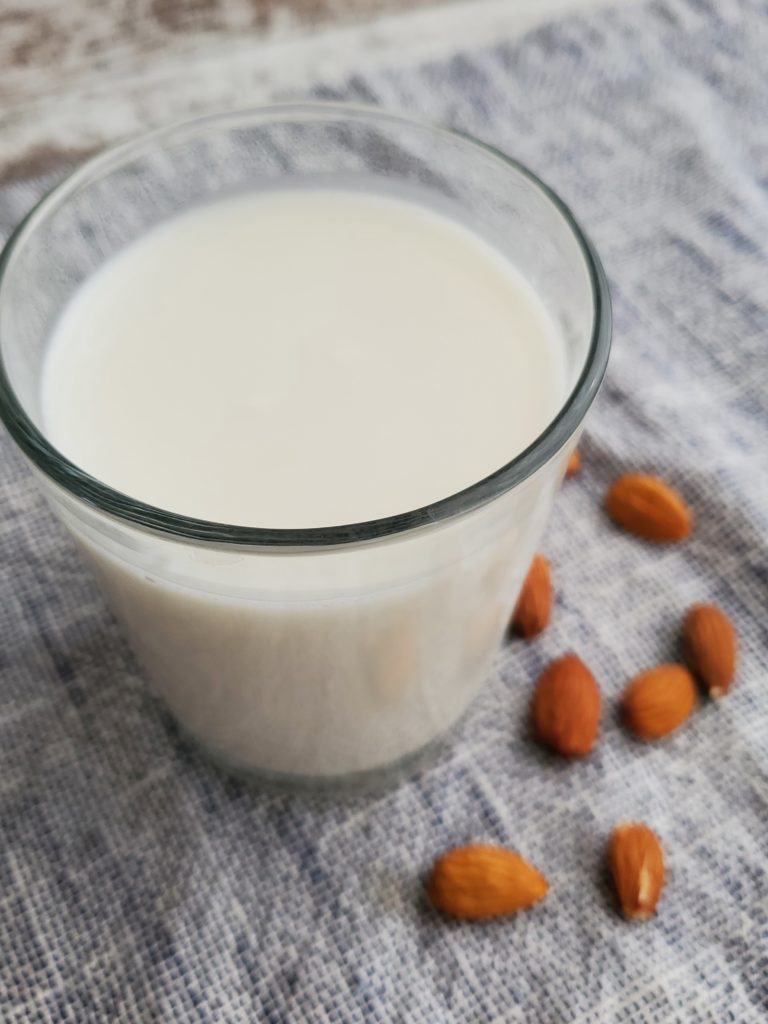
Can I Use A Different Nut?
Absolutely! This recipe is so versatile and easy to adapt to your preferance. You can use cashews or walnuts with the same result. You can even use hemp seeds! If you prefer more sweetness, you can add a softened, pitted date or two, and/or a teaspoon of vanilla when blending. I found it to be great without sweetener. You could even add cocao powder for a chocolate varation.
Storage
Because this is a pure nut milk, it will not have the same shelf-life as storebought milks. It is best kept in the fridge and consumed within 3 days. One batch make about 4 cups. Add to smoothies, hot or cold drinks, pour over cereal, or in place of dairy milk in any recipe.
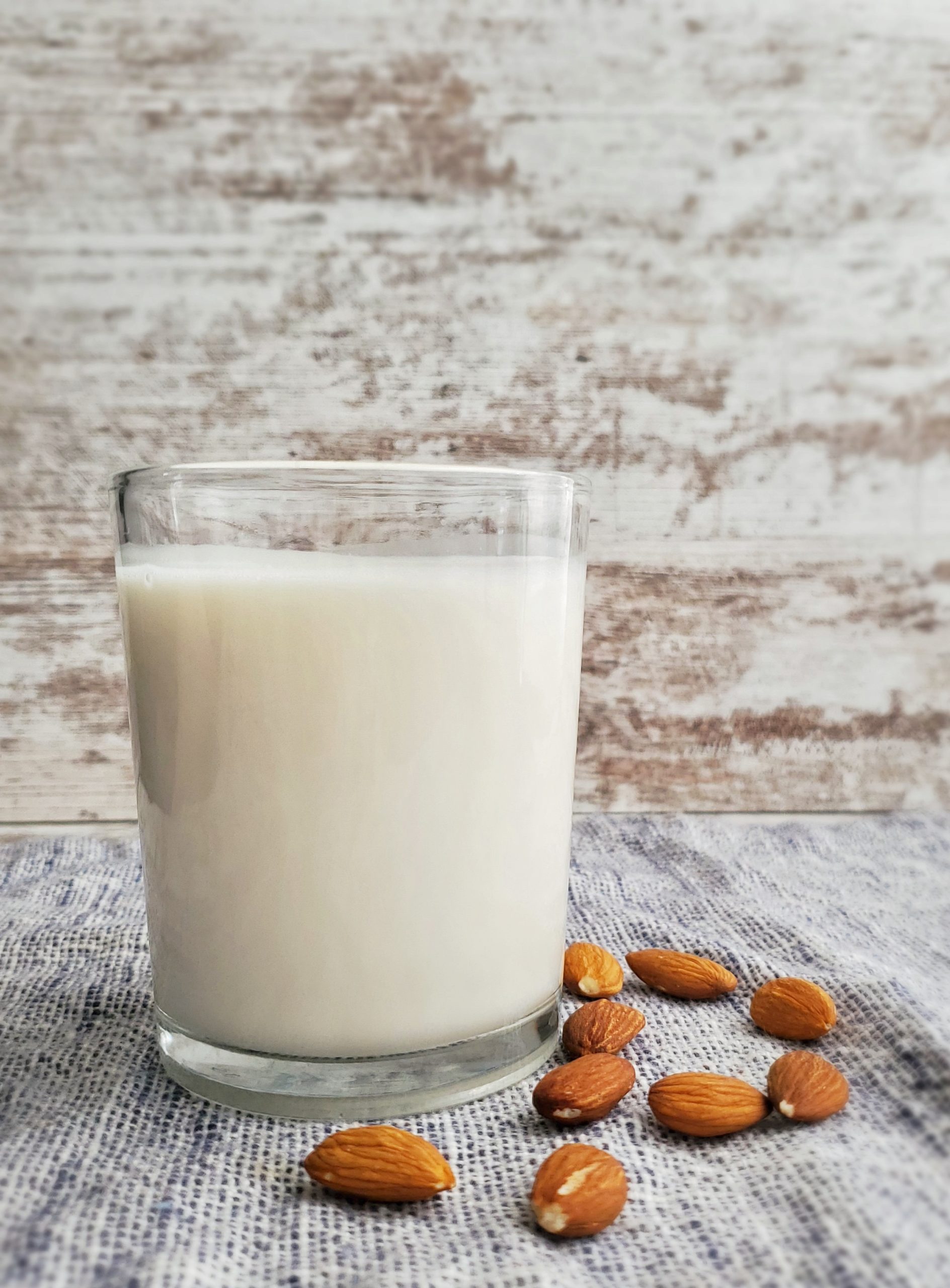
Homemade Almond Milk
Ingredients
Equipment
Method
- Soak the almonds in 4 cups of filtered water in a large bowl. Cover and leave on the counter overnight.
- In the morning, drain the almonds and dump into the food processor. Add 4 cups clean water and blend on high until there are no visible specks of almonds.
- 1 or 2 cups at at time, strain through a nut milk bag, cheesecloth, or a clean dishcloth into a clean quart jar. Squeeze as much liquid out as possible.
- Discard the leftover almond pulp into a clean bowl. Repeat the straining step until all the milk has been strained. Store in the fridge with an airtight lid for up to 3 days.
- Enjoy in smoothies, cereals, drinks, you name it. Don't forget to check out ways to use up the leftover almond pulp!



